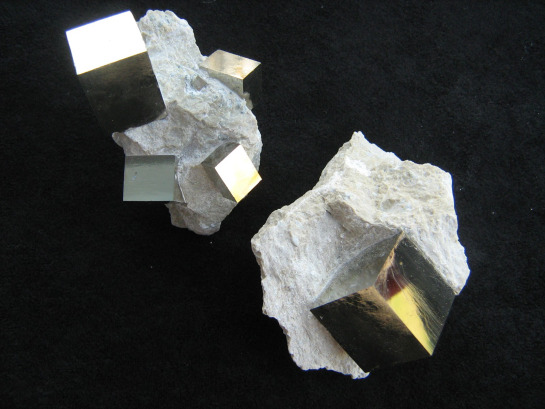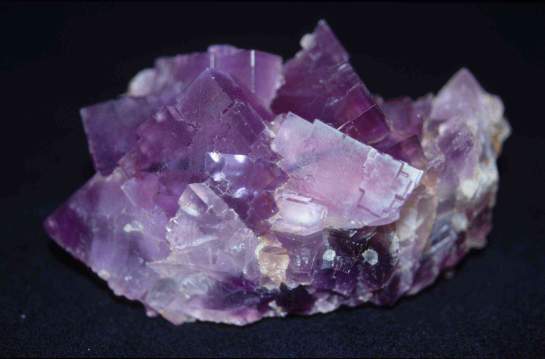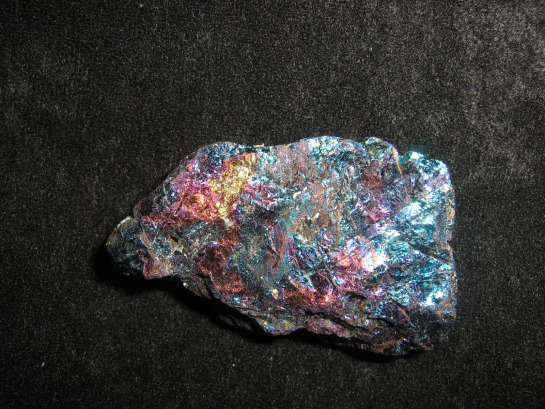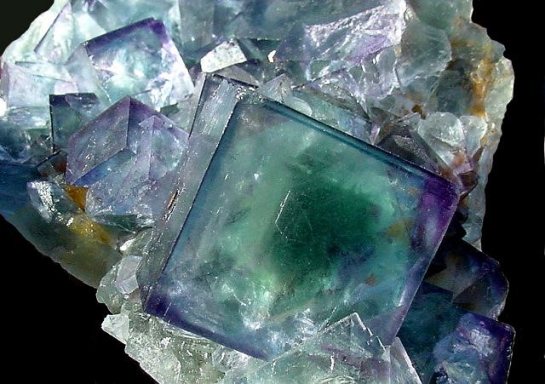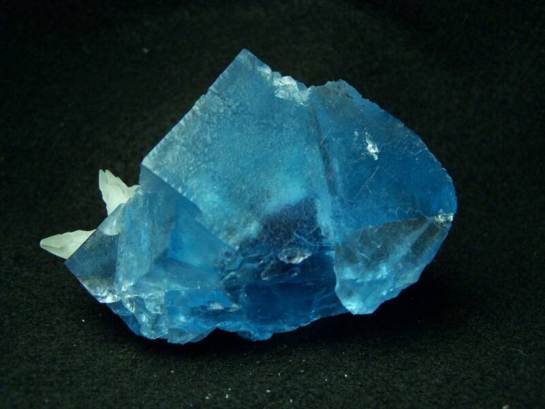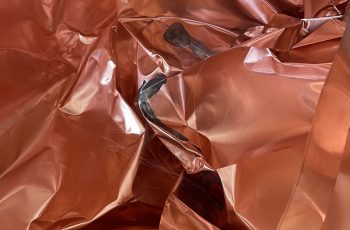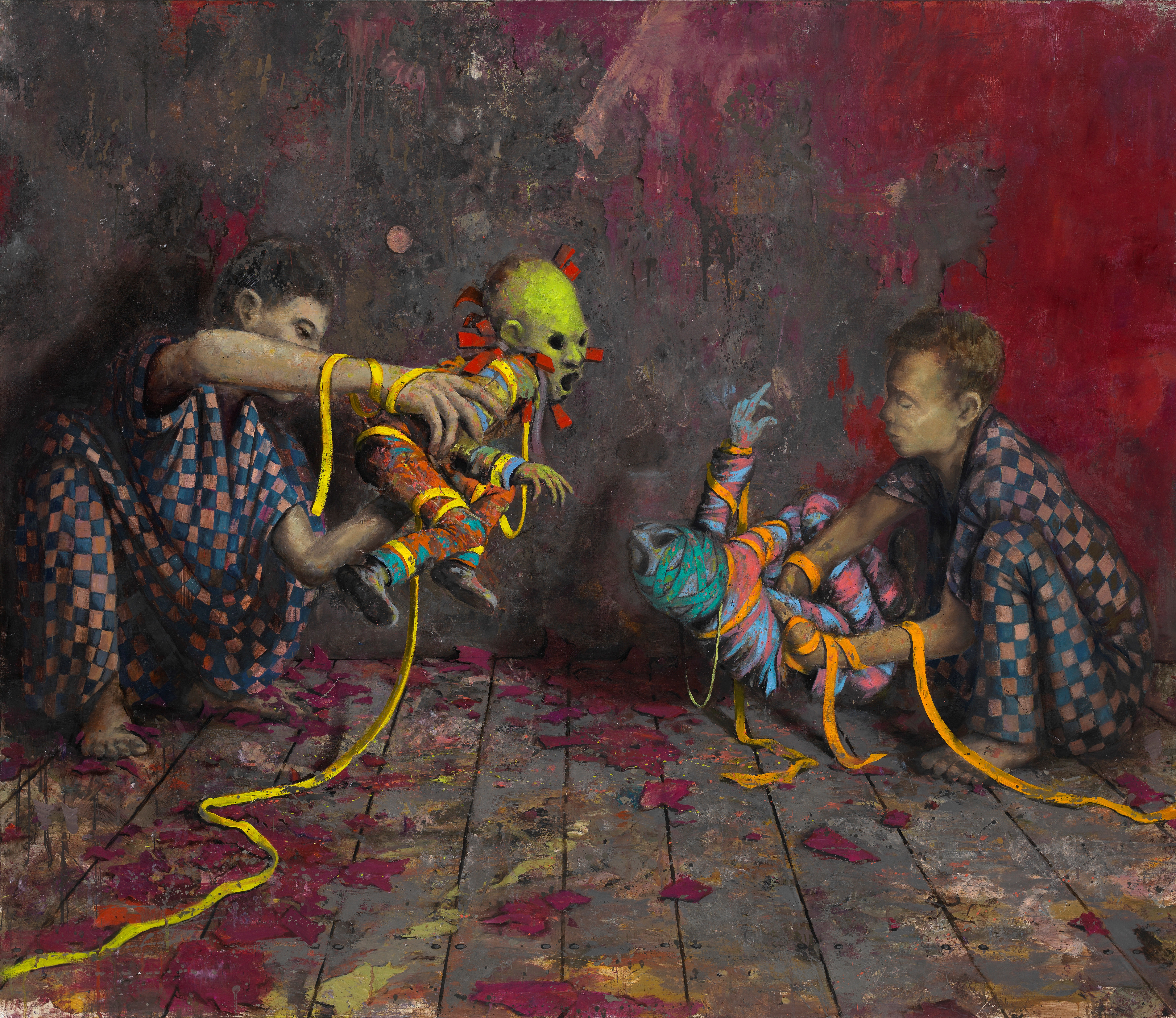When I was a child, I used to collect minerals. I still have a bunch of plastic boxes with mineral samples of every rock I collected at that time. But somehow I’m still fascinated by it all. Mineral collecting is the hobby of systematically collecting, identifying and displaying mineral specimens. Mineral collecting can also be a part of the profession of mineralogy and allied geologic specialties. Georgius Agricola is the guy generally considered as the father of mineralogy and of mineral collecting, he was medical doctor in the Saxon mining towns of Joachimsthal and Chemnitz. He wrote several books, including two of enduring significance: De Re Metallica, an exhaustive treatise on mining, and De Natura Fossilium, the first modern textbook of mineralogy.
Another famous 16th century mineral collector who brought the topic to the forefront was Holy Roman Emperor Rudolf II, wellknown for the most destructive conflicts in European history, and one of the longest continuous wars in modern history. He also built an enormous collection while employing Anselmus de Boodt, his court physician, to expand his collections. De Boodt wrote one of the most influential books on the history of gems and minerals: De Gemmis et Lapidibus, a book on gems that enormously influenced succeeding generations.
Mineral collectors find a variety of reasons to collect minerals. Many minerals are strikingly beautiful and collected for their aesthetic value. Others collect to learn more about mineralogy, the local mining industry and/or local geology. Some simply enjoy exploring the outdoors and socializing and trading with other mineral collectors. Minerals are more and more being used as material for contemporary art.
Mineralogisches Museum Hamburg Mineral hall, Hamburg
Author Ingrid Melano

